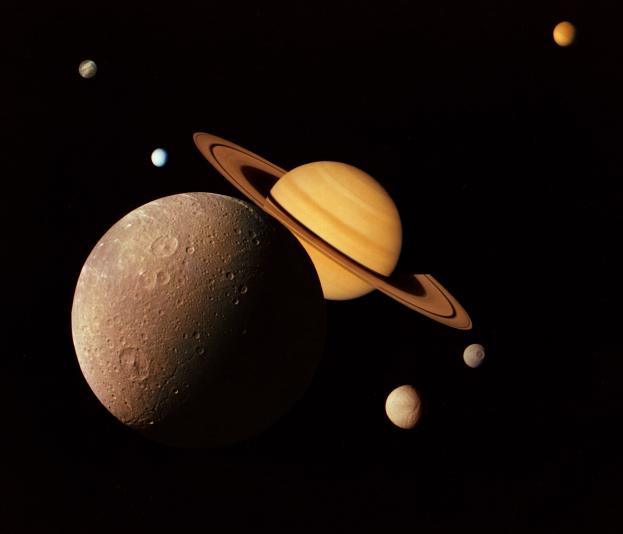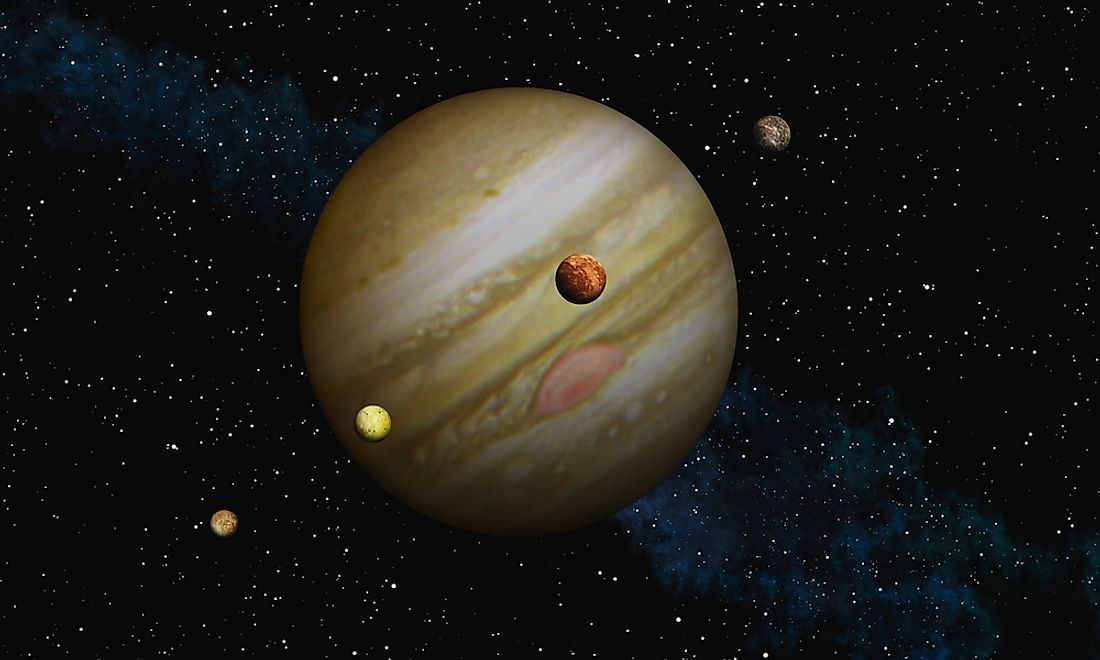Legend states that gravity was discovered by a man named Issac Newton as an apple fell from a tree and hit him in the head. The more you consider this story though, the less likely it seems to be factual.
Did no one understand gravity before Newton? Was he the first person to realize that things fell down? Of course not! Human beings have understood the basic principles around gravity since the beginning of the species.
What Issac Newton actually did was to discover the rules and mathematical formulas that regulate gravity.
The Law of Gravity is actually quite simple. It states that any two objects in the universe attract each other with a force that is directly proportional to the product of their masses and inversely proportional to the square of the distance between them.
In other words, the bigger an object is or the closer it is, the stronger the force of gravity will be.
The formula for this can be written as:
F=G(m1*m2)/r^2
where F is the force of gravity, G is the gravitational constant, m1 and m2 are the masses of the two objects, and r is the distance between them. Which is a lot of math that just means again that the larger (more massive) objects are, and the closer they are together the stronger their gravitational attraction will be.
Newton’s discovery of this relationship was a huge step forward in our understanding of the universe.
Newton’s Law of Gravity is one of the most important laws in all of science. It helps us to understand the motions of everything from falling apples to orbiting planets. It also forms the basis for more modern theories like Einstein’s Theory of General Relativity.
Scientists often describe gravity as a disruption in the fabric of spacetime. Imagine what would happen if you stretched out a giant cloth sheet out and then placed a ball on top of it. The ball would make a small dent or depression in the fabric.
Now imagine what would happen if you placed a much heavier ball on top of the cloth. The bigger ball would make a bigger dent. In fact, the size of the indentation would be proportional to the weight of the object.
This is how gravity works. The bigger an object is, the more it bends or warps the fabric of spacetime.
The force of gravity also gets weaker with distance. If you moved the heavy ball a few feet away from the first one, the indentation it made would be smaller. Move it a few miles away and the indentation would be even smaller.
In the same way, the force of gravity between two objects gets weaker as the distance between them increases.
Gravity is one of the four fundamental forces of nature. The other three are electromagnetism, the strong force, and the weak force.
Of all these forces, gravity is by far the weakest.
The force of gravity is also very short range. It only affects objects that are close to each other. The further away two objects are, the less effect gravity has on them.
This is why we don’t feel the force of gravity from the sun or from other planets. They are just too far away.
The force of gravity is also very weak compared to other forces like electromagnetism.
You can pick up a paperclip with the force of electromagnetism, but you would need a huge amount of gravity to do the same thing.
In fact, the force of gravity is so weak that it is usually only noticeable when dealing with very large objects like planets or stars.
So, the next time you see an apple falling from a tree, remember that you are witnessing one of the most important laws in the universe in action!






